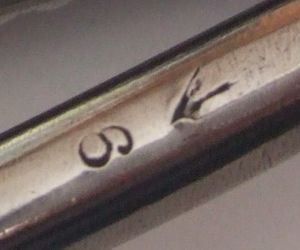Fakes
Sadly, as any item becomes more desirable some charlatan will emerge with the intention of making a quick profit at the expense of the inexperienced collector and even at times the experienced collector.
I am not going to go in to all of the detail that the collector must consider to protect themselves. The best advice I can give is get hold of good reference manuals on your area of interest, join a collectors club if there is one in your area. Join an internet knife forum such as Australian Blade Forums, Blade Forums, Knifeforums and more. See my links page
What I intend to do here is simply list some of the Fakes and Forgeries that I have come across that impact on my area of interest.
The sad thing is that many of these knives have been purchased and are being held in collections by people who believe them to be genuine. At some time in the future some researcher may view these knives and thinking them to be genuine, draw some incorrect conclusions. This is an attempt to put the record right.
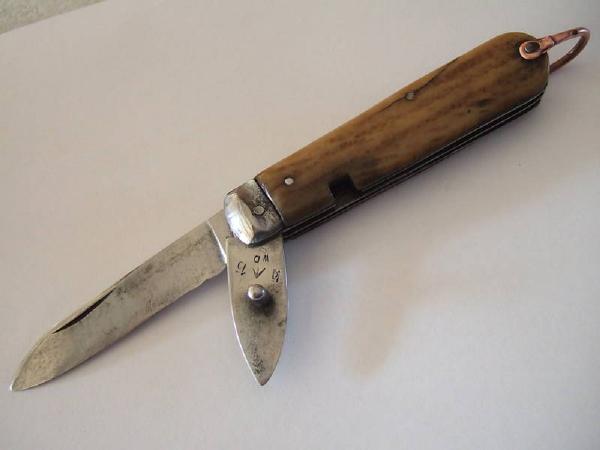
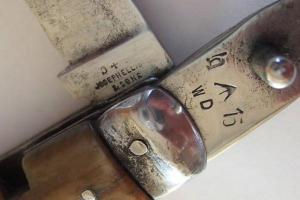
The markings on this knife are false
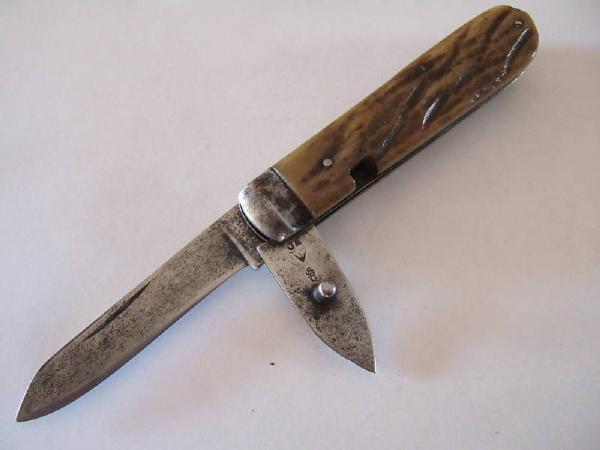
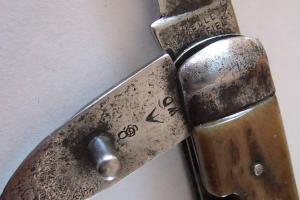
The markings on this knife are false
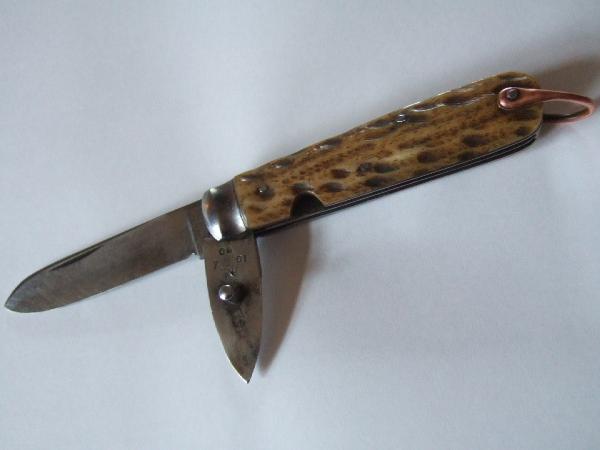

The markings on this knife are false
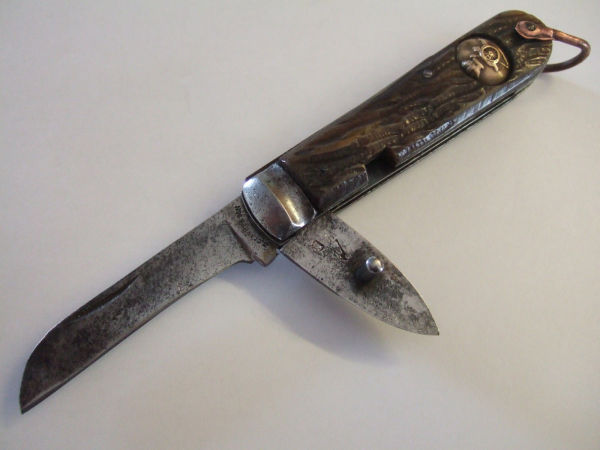
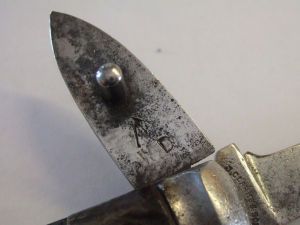
The markings on this knife are false
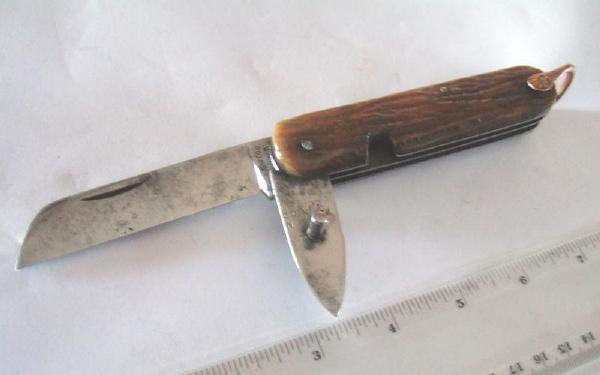
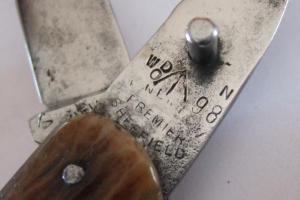
The markings on this knife are false
The sad thing about this knife is that it is a genuine Boer War pattern knife. It is very similar to the 8173/1914 pattern knife. Unfortunately the mongrel who decided to "enhance" this knife with false markings did not know this and no doubt thought that he was turning a reasonably common WW1 knife in to a much rarer Boer War knife. By adding the false markings to the knife the Faker has all but destroyed any value that this knife would have had to a knowledgable collector.
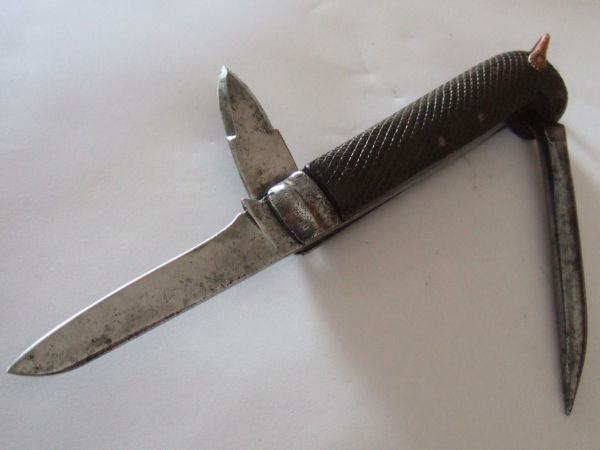
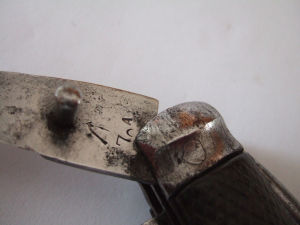
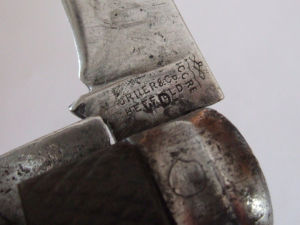
The markings on this knife are false!
To add insult to injury, the seller of this knife described it as a Boer War knife. Bit hard for a knife that did not come in to service until 1913.
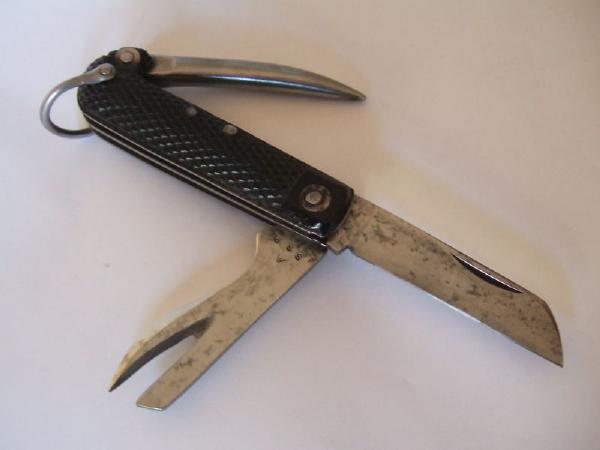

The markings on this knife are false!


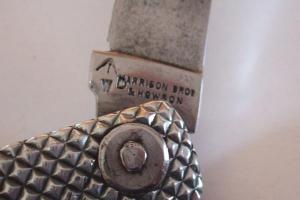
The markings on this knife are false!
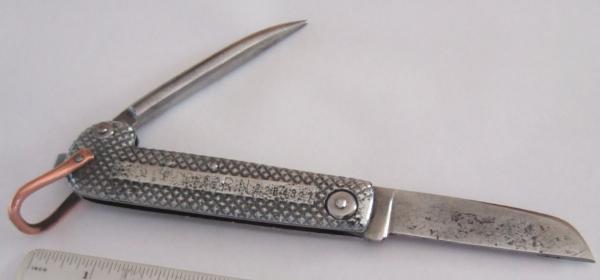
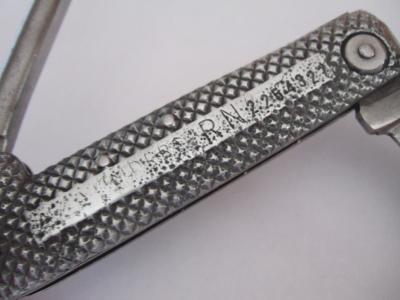
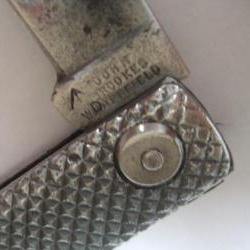
The markings on this knife are false

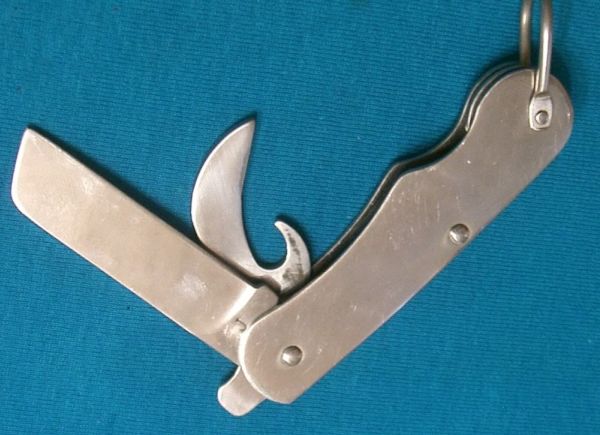
This knife is widely considered by collectors to be a fake. It turns up from time to time described as either a British (most common) or Australian Military knife!
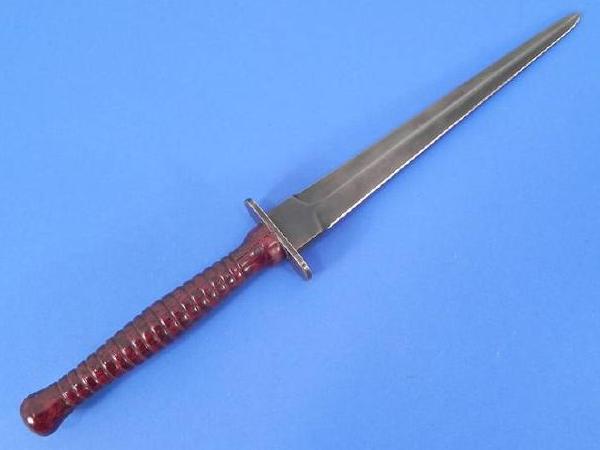
This knife was offered by a dealer in 2010 as a Fairbairn Sykes knife which it is clearly not. It appears to be a well made reproduction of the WW2 Australian Army Stiletto.
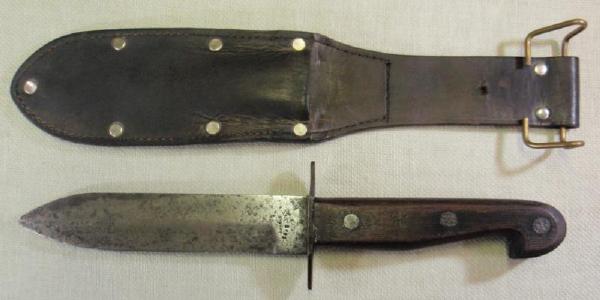
This sheath is often offered with the AAUK as genuine.
Collectors of Australian Army Utility Knives will often come across a reproduction sheath being offered as a genuine sheath. These sheaths appear to be the same ones that were provided with the EK Knives AAUK replica. The EK knife and the sheath provided were of excellent quality. For some reason there seems to have been a surplus of the sheaths. They often turn up paired with an original AAUK. These sheaths have aluminium rivets. The war time production sheaths had steel split rivets. The other give away is that the holding strap has been removed. This is because the EK knives were thinner in the grip cross section than the original knives.


